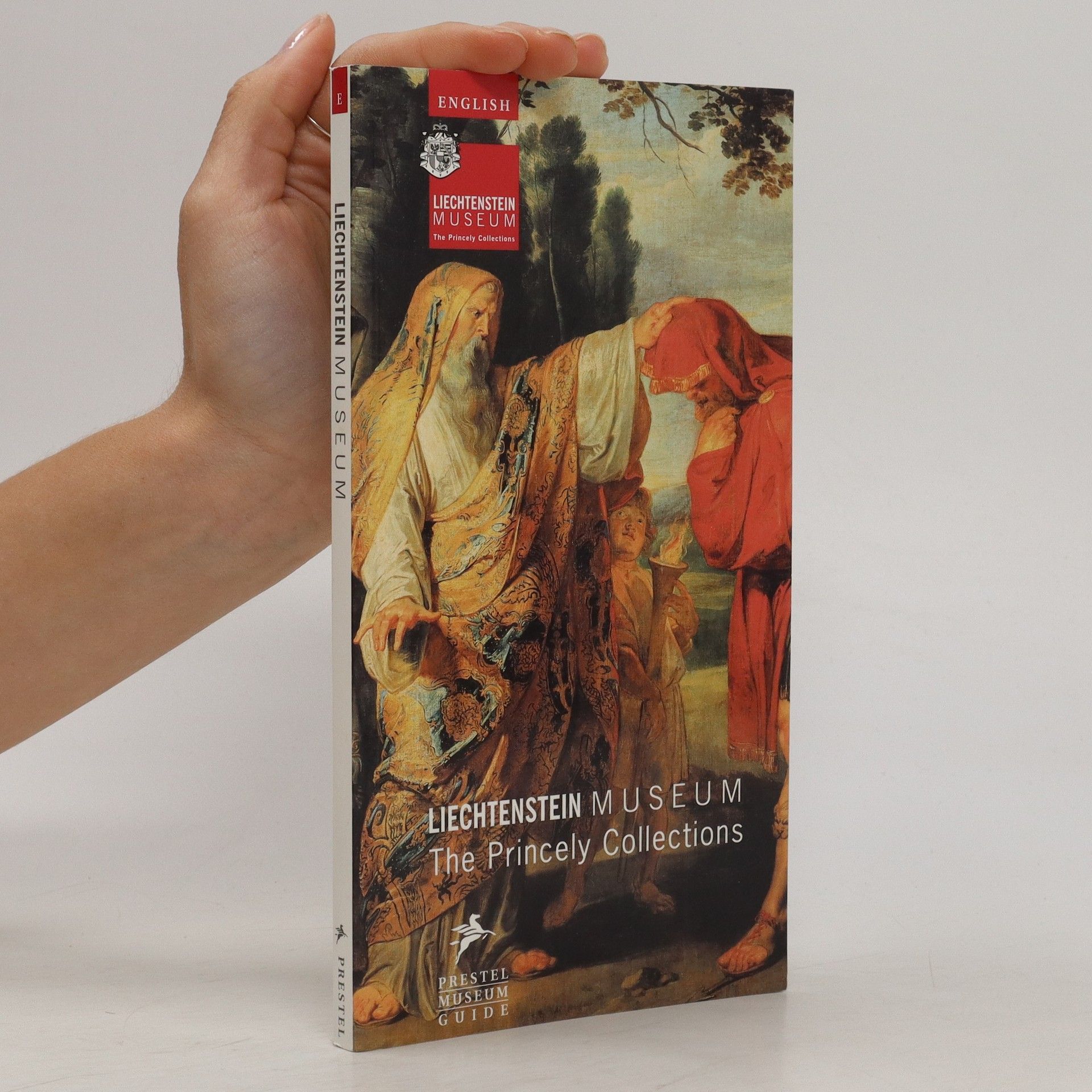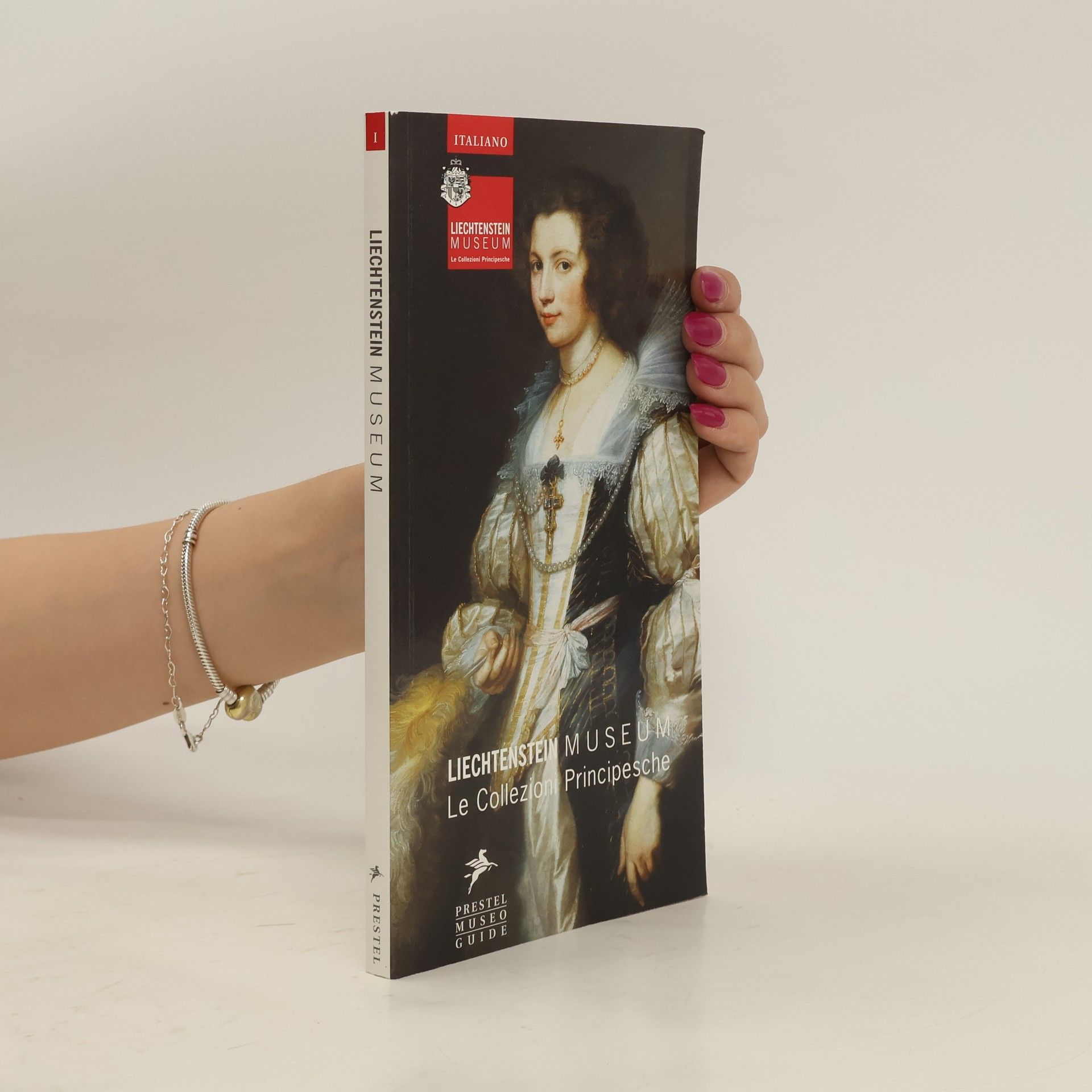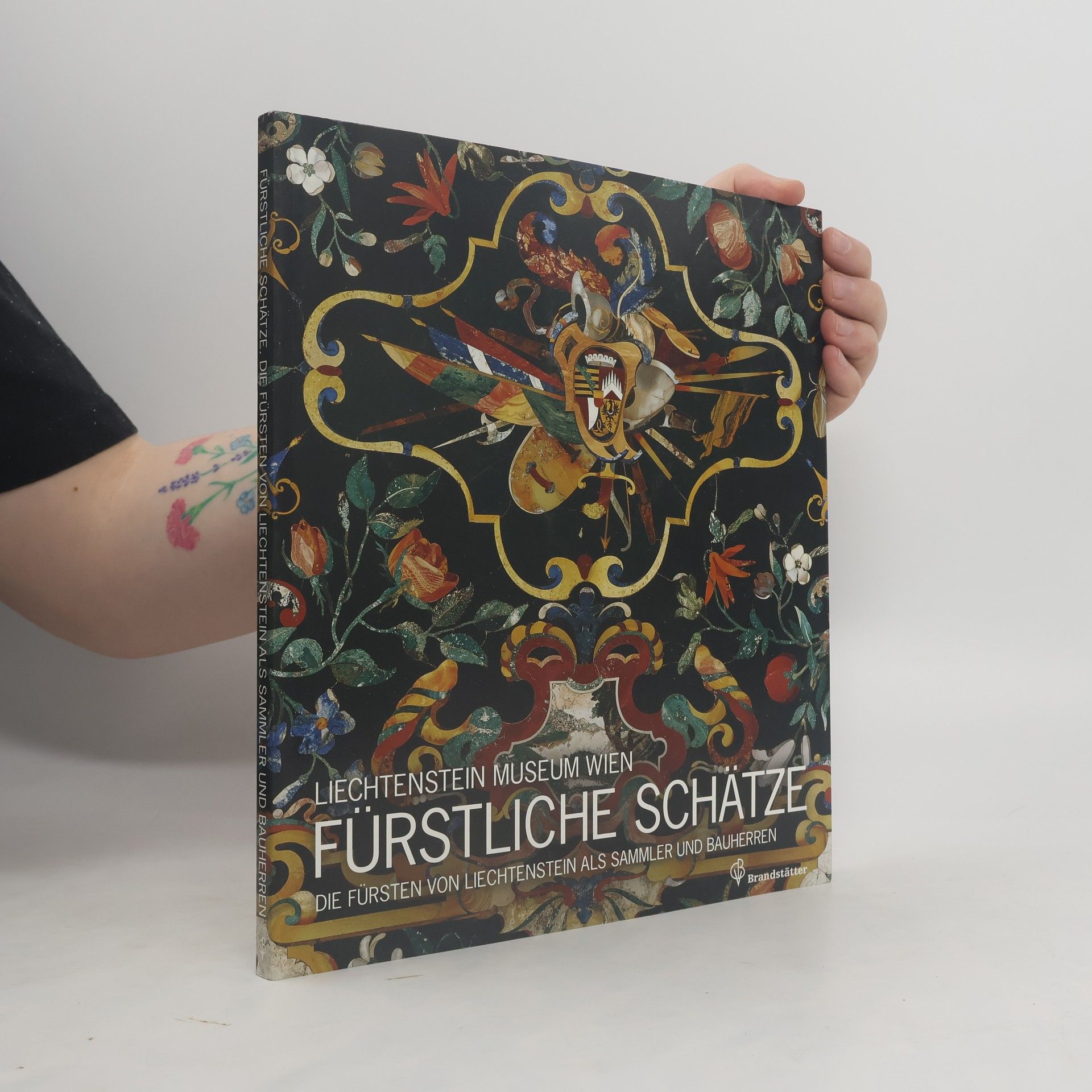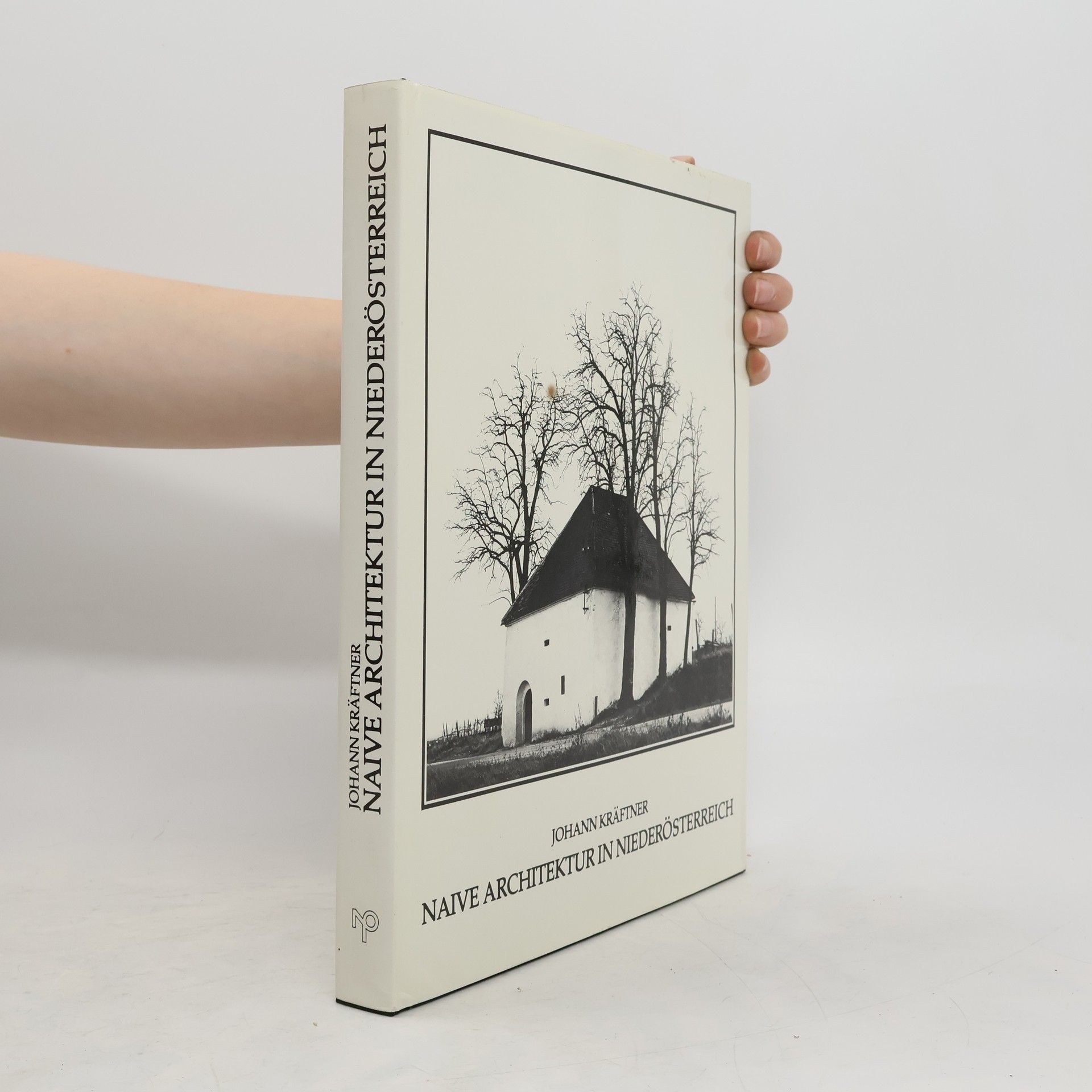Johann Kräftner Livres
Johann Kräftner, concepteur d'expositions et directeur de musée autrichien, se concentre sur les dimensions architecturales et historico-artistiques du patrimoine autrichien. Son travail explore souvent les interactions entre l'architecture, l'art et la vie sociale. Avec une profonde compréhension des contextes historiques et des formes artistiques, il crée des expositions et des présentations muséales captivantes. Son approche révèle la richesse et la complexité des héritages culturels en mettant l'accent sur la narration visuelle.






The collections : Liechtenstein Museum Vienna
- 435pages
- 16 heures de lecture
With the opening of the Liechtenstein Museum in Vienna, and incomparable collection of artworks from six centuries returns to its original home. Masterful paintings, sculptures and furniture are displayed at the Liechtenstin Palace, famous for its Baroque architecture and sumptuous gardens. A visit to the the museum is a journey through time, from the Baroque to the Biedermeier eras. In these beautiful publications, explore the collections of this latest world-class museum. Fully illustrated with a bright, informative accompanying text, these titles bring the Liechtenstein Museum to life.
The elegant garden
- 432pages
- 16 heures de lecture
This major illustrated monograph explores the history of gardens, landscape design, and architecture, encompassing both Western and Eastern traditions. Lavishly illustrated, it surveys every period in garden design, from classical antiquity and medieval cloisters to modern trends. The book presents a comprehensive photo documentary of garden history, featuring two millennia of design evolution. It highlights historical and contemporary gardens, emphasizing the connection between gardens and their corresponding houses. The text delves into the transformations, influences, and trends that shape these landscapes, contextualizing their aesthetic appeal. Gardens are portrayed as unique reflections of their environments, influenced by local flora, climate, and societal heritage. From the fountain gardens of Persia to prairie-style designs, and from Zen gardens to the Impressionist gardens of Giverny, the diversity of gardens showcases humanity’s enduring desire to reshape nature. This beautifully photographed volume will engage travelers and garden enthusiasts, inspiring gardeners with fresh ideas for design, horticulture, and practical use.
Liechtenstein Museum. The Princely Collections
- 134pages
- 5 heures de lecture
With the opening of the Liechtenstein Museum in Vienna, an incomparable private collection of artworks from six centuries returns to its original home. Masterful paintings, sculptures and furniture are displayed in the Liechtenstein Palace, famous for its Baroque architecture and sumptuous gardens. A visit to the museum is a journey through time from the Baroque to the Biedermeier eras.
The Liechtenstein City Palace
History and restoration of the Princely Palace on Bankgasse in Vienna. Baroque, Neo Rococo, Biedermeier
The palace was the first major Baroque structure of this kind in Vienna to take inspiration from the monumentality of its Italian models. From the very outset, it was designed with the idea of accommodating the Princely Collection. The prince set great store by engaging only the very best Italian artists. When it was completed in 1705, the palace must have been a true temple of the muses. It also provided Austrian artists with an opportunity to familiarise themselves with the international world of the Baroque. Almost all of the works by Rubens contained within the Princely Collection were already hanging on the palace walls at the time. From 2004 onwards, Prince Hans-Adam II von und zu Liechtenstein launched a revitalisation project which culminated in a grand reopening in the spring of 2014. The return of the famous Biedermeier Collection of the Princely House of Liechtenstein means that visitors can also now view the same pictures that adorned the wall of the palace following its previous reopening in the mid-19th century. As they proceed from the facade via the High Baroque staircase to the Ceremonial Rooms, the overall work of art that astounded those who travelled to Vienna 150 years ago once again comes alive.
Presents an exhibition catalogue from the Museum Liechtenstein.
Fürstliche Schätze
- 135pages
- 5 heures de lecture
Naive Architektur in Niederösterreich
- 176pages
- 7 heures de lecture
The Hohenbuchau Collection. Holländische und Flämische Gemälde aus dem Goldenen Zeitalter
- 491pages
- 18 heures de lecture
Die Hohenbuchau Collection ist eine der größten Sammlungen nordeuropäischer Barockkunst, mit Schwerpunkt auf der Malerei des 17. Jahrhunderts, insbesondere dem holländischen und flämischen Barock. Sie umfasst eine breite Palette von Bildgattungen und zeigt sowohl bekannte Meister als auch weniger bekannte Künstler.


